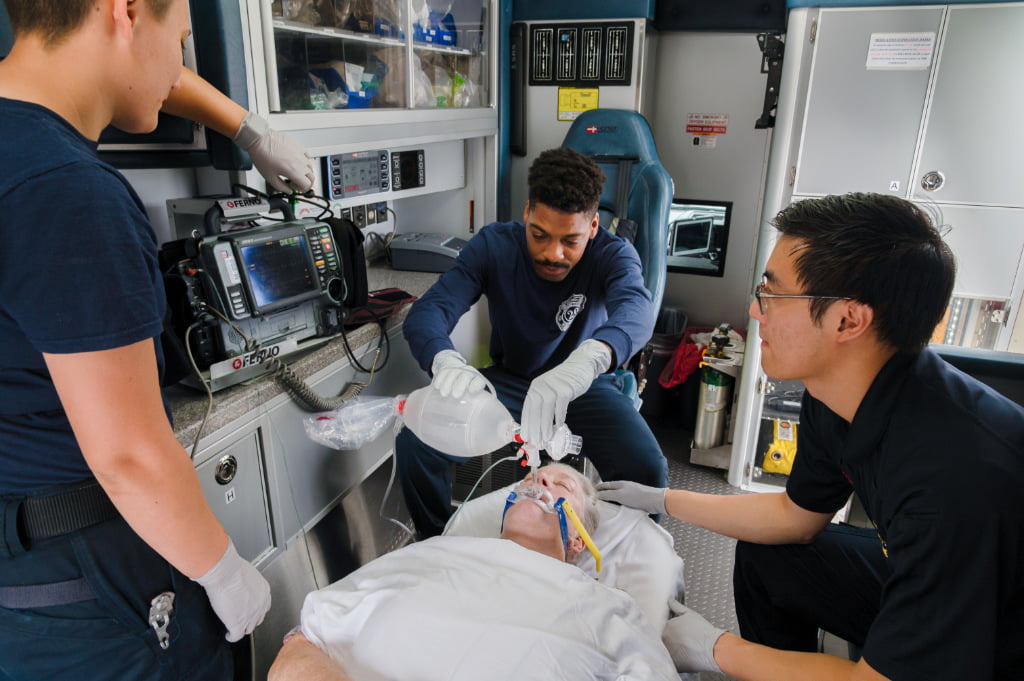
Photo/Ambu Inc.
Ambu Inc. is celebrating the 65th birthday of its iconic invention, the Ambu Bag, the ubiquitous, lifesaving tool that has helped more than 45 million people breathe in the last 10 years alone.
The Ambu Bag has come to define the self-inflating manual resuscitation device that is part of the standard kit carried by first responders. Called a “quintessential piece of equipment,” the Ambu Bag is found in ambulances and throughout hospitals, from the ER to the OR and most places in between. This simple, easy-to-use device is synonymous with manual resuscitators, which essentially push air or oxygen into the lungs. The Ambu Bag is the first resuscitator that worked without a battery or an oxygen supply.
Related: Vintage Manual Ventilation: The 1,500 mL BVM (Bag-Valve-Mask Manual Resuscitator)
“More than six decades after it first hit the market, the Ambu Bag remains a vital tool to address emerging health emergencies,” said Allan Jensen, Ambu’s vice president, sales anesthesia. “When the COVID-19 global pandemic struck, Ambu Bags became a constant on the front line in intensive care units around the world. And, Ambu Bags have also won newfound purpose helping to revive overdose victims throughout the opioid crisis.”
Related: When CPAP Is Not Working
The Ambu Bag was developed in Europe and invented by Dr. Ing. Holger Hesse, Ambu’s founder, and Henning Ruben, an anesthesiologist. Hesse and Ruben came up with the idea as Denmark was being devastated by the polio epidemic and hospitals relied on medical students, volunteers, and relatives to manually ventilate ill patients 24 hours a day. These manual ventilators required an oxygen source and a truck drivers’ strike hampered oxygen deliveries to Danish hospitals. Hospitals needed a way to ventilate patients without oxygen and the Ambu Bag was born.

